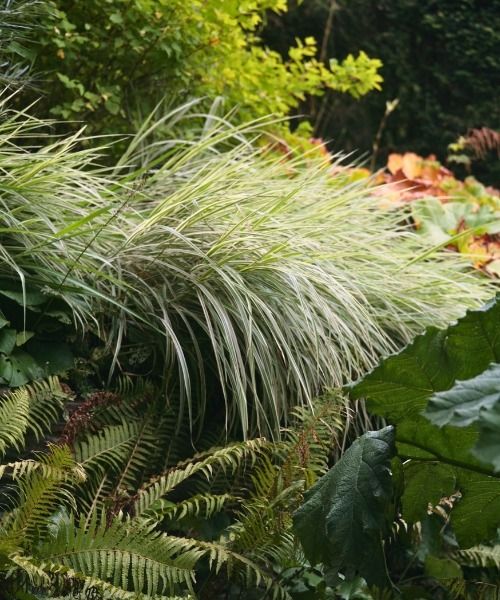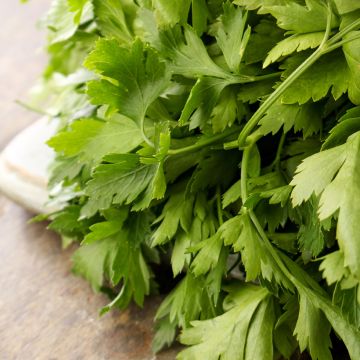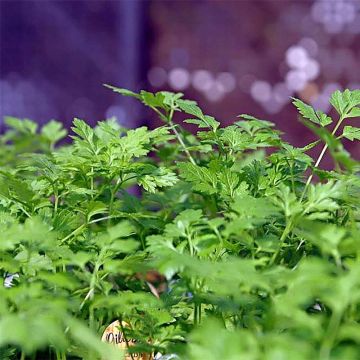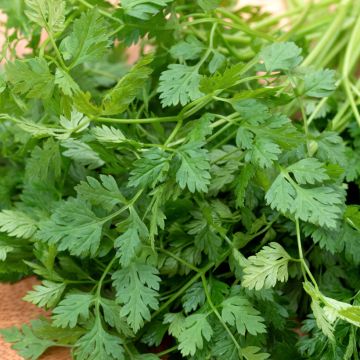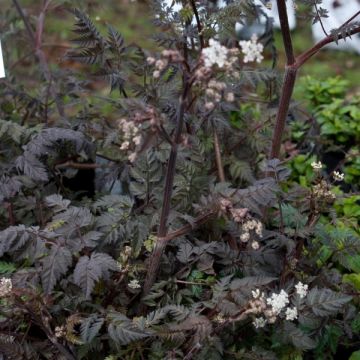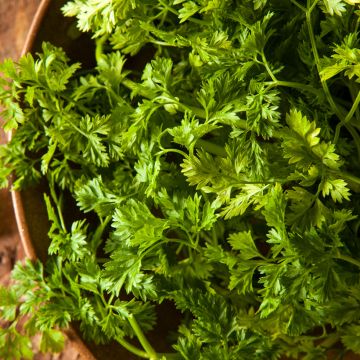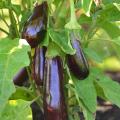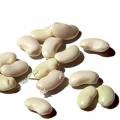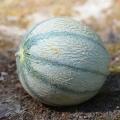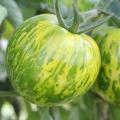Chervil seeds
Does this plant fit my garden? Set up your Plantfit profile →
Available in 1 sizes
Available in 1 sizes
Available in 1 sizes
Available in 1 sizes
Available in 1 sizes
Available in 1 sizes
Available in 1 sizes
Available in 1 sizes
Available in 1 sizes
Available in 1 sizes
Available in 1 sizes
Available in 1 sizes
Available in 1 sizes
Available in 1 sizes
Under the name of Chervil, several perennial, annual or biennial plants from the Apiaceae family are grouped together, characterised by very finely divided foliage reminiscent of flat-leaf parsley, often aromatic, and with delicate flowering in umbels. The most well-known is common chervil (Anthriscus cerefolium), an annual plant with a refreshing aniseed flavour used in dishes, especially soups, chicken with herbs, fresh pasta, or scrambled eggs. Related to celery and carrots, chervil is a vegetable and/or medicinal plant with recognised properties (Musky or Aniseed Chervil), and an ancient vegetable to rediscover (Tuberous Chervil). With their nectar-rich flowering, chervils are as useful as they are decorative. Chervil seeds are sown thinly from February to September, spacing the rows 20cm (8in) apart. It prefers humus-rich, moist, well-aerated, and light soils. It can be grown in open ground as well as in pots. Garden Chervil or Tuberous Chervil, both have recognised medicinal properties and are rich in vitamins A, C, and minerals.
We offer a beautiful range of aromatic plants to plant in the garden, on a balcony or terrace, or even on the kitchen window sill to always have within reach.
Haven't found what you were looking for?






























